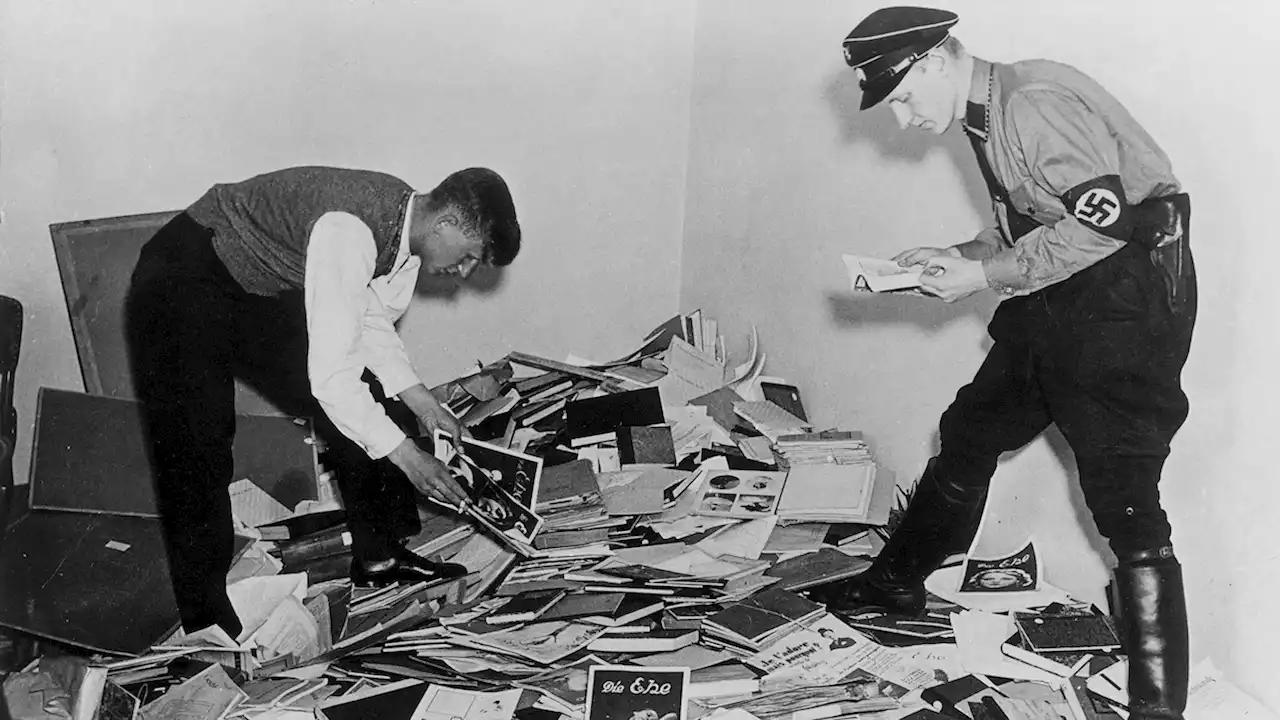Before Nazism, a German institute cemented itself as gay liberation’s epicenter. For 40 years, activists have been searching for its legendary collection
When the gay rights movement emerged again, in the ‘70s, it was student-run, not filled with the bourgeois and professionals of Hirschfeld’s day. Among them was a small group, including Dose, who brought forth the Magnus Hirschfeld Society.
With the help of the Jewish community in Berlin, Dose and his friends launched a lecture series to mark 50 years since the destruction of the Institute for Sexual Science. Then they grew curious about the library’s holdings. “Everyone told us there was nothing left,” says Dose. “The institute was raided, then bombed, and the people are dead. EverythingThey began to gather leads: They knew Hirschfeld had been traveling with a large collection on his world tour and ended up in France.
It’s possible that someone at the institute saw the writing on the wall as the Nazis rose to power and knew that thousands would be in danger if their names fell into the wrong hands. In one diary entry Dose found, a young worker described being asked to haul a cart of papers to a hiding spot. En route, the writer recalled, the cart tipped over in front of a Nazi officer who helped them regroup, unaware of the contraband it held.
“There was a whole gay and lesbian infrastructure in Germany—bars, clubs, the institute and organizations—that was destroyed. People were sent to prison and concentration camps. We wanted some compensation from German authorities,” Dose says. When that wasn’t forthcoming, “we reconstructed it ourselves.”
